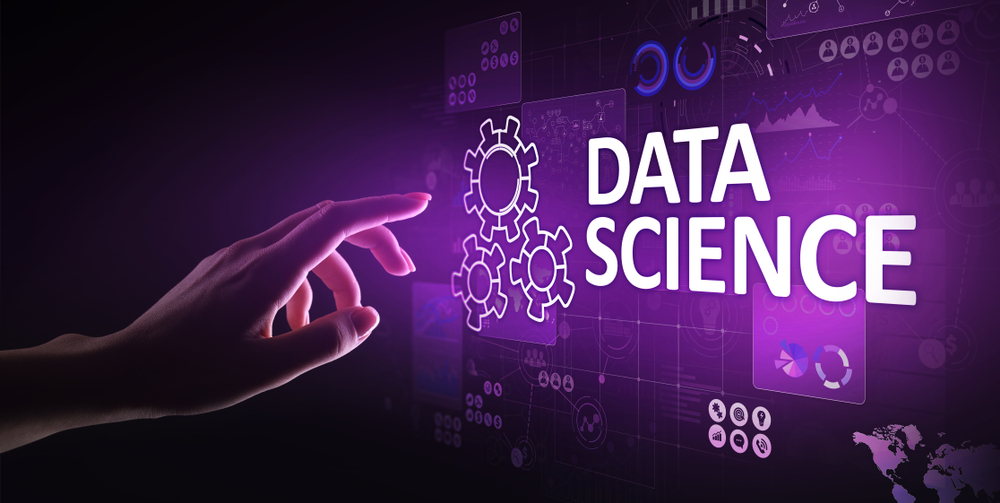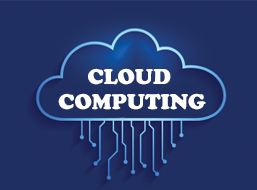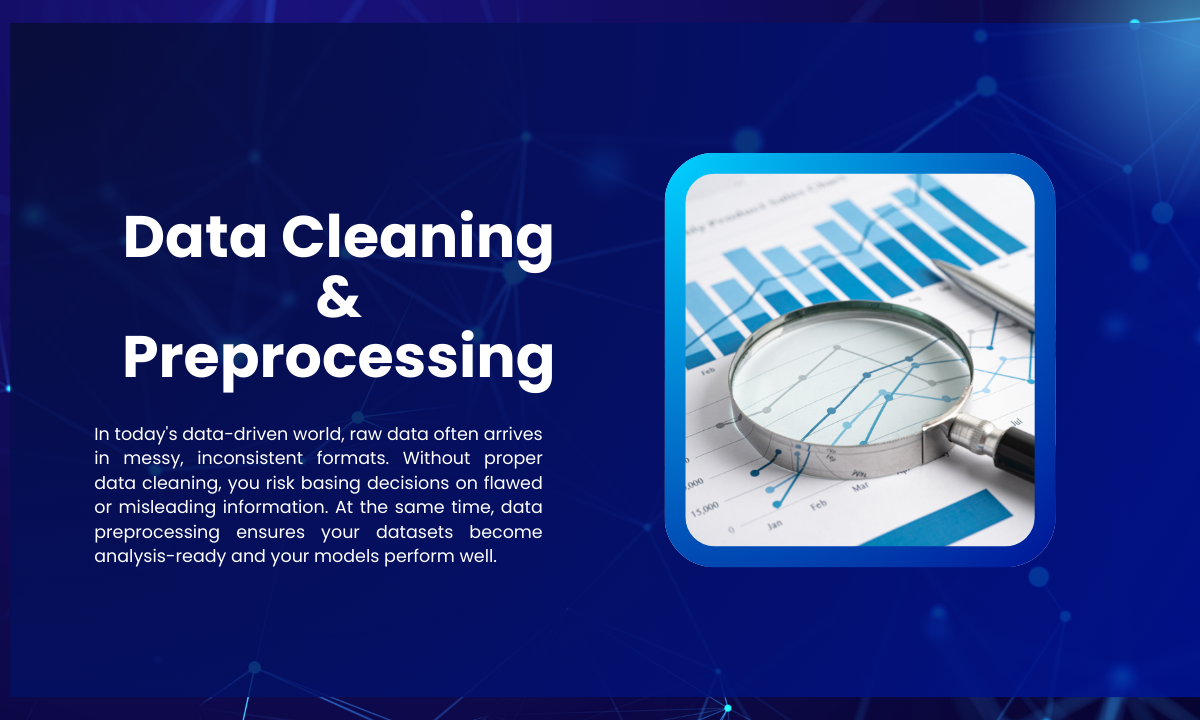In today's data-driven world, raw data often arrives in messy, inconsistent formats. Without proper data cleaning, you risk basing decisions on flawed or misleading information. At the same time, data preprocessing ensures your datasets become analysis-ready and your models perform well. Let’s explore why these steps are indispensable, what they mean, how they’re done, and how you can build these skills (through a data science course in Bangalore).
---
What Is Data Cleaning?
Data cleaning, also called data cleansing or data scrubbing, is the process of detecting and correcting (or removing) corrupt, duplicated, incorrect, or incomplete data within a dataset. In practice, this means:
Fixing typos, syntax errors, or inconsistent formats (e.g., “NY” vs “New York”)
Removing duplicate records
Handling missing values (delete, impute, or flag)
Validating entries against business rules or known standards
Filtering out irrelevant or outlier data that could distort the analysis
When combining multiple data sources, discrepancies multiply; for instance, field names differ, units vary, or entries overlap. A systematic cleaning process is needed so that the cleaned dataset is accurate, consistent, and useful.
Because real-world data is rarely perfect, data cleaning becomes the foundation on which every subsequent analysis or model stands.
---
What Is Data Preprocessing?
Data preprocessing is a broader term. It refers to the sequence of steps that prepare raw data for downstream tasks like analytics, machine learning, or reporting. The cleaning step is part of preprocessing, but preprocessing also includes:
Data transformation: converting data into formats more suitable for analysis (e.g. encoding categorical variables, normalization, scaling)
Data integration: combining datasets from multiple sources into a unified form, resolving schema mismatches
Feature scaling/normalization: adjusting numeric ranges to a common scale so that models don’t get biased by magnitude differences.
Dimensionality reduction/feature selection: removing irrelevant or redundant features to avoid overfitting or computational burden.
Encoding/discretization: converting categorical values to numeric formats, or binning continuous variables
In the context of data mining, preprocessing ensures that the raw data is transformed and organized to suit the mining algorithms. Without this step, the extraction of meaningful patterns is severely hampered.
In short: data cleaning is the “fixing” part, whereas preprocessing covers fixing, preparing, and structuring the data for analytical use.
---
Why Data Cleaning and Preprocessing Matter
1. Improves Data Quality & Integrity
Cleaning removes errors, inconsistencies, and duplicates, ensuring that the data you trust is accurate and reliable. High-quality data is less likely to mislead.
2. Enhances Model Performance
Machine learning and statistical algorithms assume clean input. Garbage in, garbage out. Preprocessed data helps with better accuracy, robustness, and generalization.
3. Reduces Noise & Bias
Outliers, irrelevant features, and inconsistent values can skew results. Proper preprocessing filters noise, balances distributions, and mitigates bias.
4. Streamlines Computation & Efficiency
Dimensionality reduction or feature selection helps reduce computational cost, making training faster and less resource-intensive.
5. Enables Better Insights & Decisions
Clean, well-transformed data yields meaningful patterns and more trustworthy business insights. Preprocessed data is easier to visualize, interpret, and act on.
6. Facilitates Comparability Across Datasets
When merging data from different sources or periods, consistent preprocessing ensures compatibility and integrity of the combined dataset.
---
Data Cleaning in Data Mining
In the realm of data mining, data cleaning is a critical step before mining algorithms can be applied. Raw data from logs, surveys, sensors, or transactions often include noise, missing values, and inconsistent formats. The cleaning step ensures these anomalies are corrected or removed, so the data mining process can uncover valid and meaningful patterns.
Without this, the mined results might reflect artifacts or errors rather than genuine insights. The preprocessing pipeline (clean, transform, and integrate) supports the mining stage.
---
Data Cleaning Methods
There are several commonly used data cleaning methods, which may be applied depending on the problem and dataset:
Handling missing values
Deletion of rows or columns with many missing entries
Imputation using mean, median, mode, or regression-based estimates
Forward or backward filling (for time-series data)
Removing duplicates
Identify identical or nearly identical records and remove or merge them
Correcting inconsistencies and standardizing formats
Unifying date formats, capitalization, units (e.g. kg, lbs)
Converting categorical labels to a consistent naming scheme
Outlier detection & treatment
Detect outliers by statistical tests (Z-score, IQR)
Decide whether to remove, cap, or transform outliers
Validation against rules/constraints
Enforce domain constraints (e.g. age ≥ 0, email format)
Referential integrity checks (foreign keys matching)
Data imputation and interpolation
Estimating missing data points using nearby values or predictive models
Cross-checking against reference data or external sources
Matching entries against known databases to correct errors
Clustering or similarity-based corrections
Group similar records and correct anomalies via cluster consensus
The field is active, and researchers continuously propose more efficient frameworks for cleaning, especially for large-scale data.
---
Data Cleaning in Python
Python offers powerful libraries to carry out data cleaning and preprocessing:
Pandas
dropna(), fillna() for missing data
duplicated(), drop_duplicates() for duplicates
String operations, type conversions, formatting
NumPy
Efficient array operations, handling NaNs, masking
scikit-learn
Imputer classes (SimpleImputer, KNNImputer)
Preprocessing modules (scaling, encoding)
SciPy / Statsmodels
Statistical methods for outlier detection, interpolation
OpenRefine (via Python wrappers)
For interactive cleaning, clustering, reconciliation
Feature-engine or category_encoders
Advanced encoding, handling rare categories, etc.
By combining these tools, you can build repeatable, robust data cleaning pipelines that scale and maintain auditability.
---
Training and Career Perspective
If your goal is to break into data science or analytics, mastering data cleaning and preprocessing is non-negotiable; many professionals spend 70-80% of their time on these tasks.
To accelerate your learning and get hands-on exposure, enrolling in a data science course in Bangalore can be very beneficial. Choose a training institute in Bangalore that offers modules on data cleaning, Python programming, real-world datasets, and project-based learning. This gives you a portfolio you can show employers and confidence in dealing with messy real-world data.
---
Conclusion
In summary, data cleaning ensures your raw data becomes accurate and consistent, while data preprocessing transforms that cleaned data into formats ready for analytics and modeling. Together, they form the backbone of any data science or machine learning workflow. Skipping these steps is like building a house on shaky ground—you may see cracks later.
If you're serious about a career in data or analytics, mastering these skills is essential. At Apponix, our data science course in Bangalore emphasize hands-on practices in cleaning, preprocessing, Python implementation, and real datasets so you’re job-ready from day one.
---
FAQs
Q: What does 'data cleaning' mean exactly?
It means identifying and correcting (or removing) errors, inconsistencies, duplicates, missing or invalid entries in a dataset to improve its quality and usability.
Q: What is the difference between data cleaning and data preprocessing?
Data cleaning is one component of preprocessing. Preprocessing includes cleaning plus transformations (encoding, scaling, integration, feature selection) to make the data ready for analysis or machine learning.
Q: Why is data cleaning in data mining essential?
Because mining algorithms expect clean, consistent data to detect meaningful patterns. Errors or noise hamper the mining results and lead to wrong insights.
Q: What are common data cleaning methods?
Handling missing values, removing duplicates, detecting and treating outliers, standardizing formats, imputing missing data, and validating against business rules.
Q: How is data cleaning done in Python?
You use libraries like Pandas (dropna(), fillna(), drop_duplicates()), scikit-learn imputers, encoding and scaling modules, and advanced tools for cleaning workflows.
Q: How can I learn these skills in Bangalore?
Look for a data science course in Bangalore offered by a reputable training institute in Bangalore that includes modules on cleaning, preprocessing, Python, projects, and industry mentorship.




